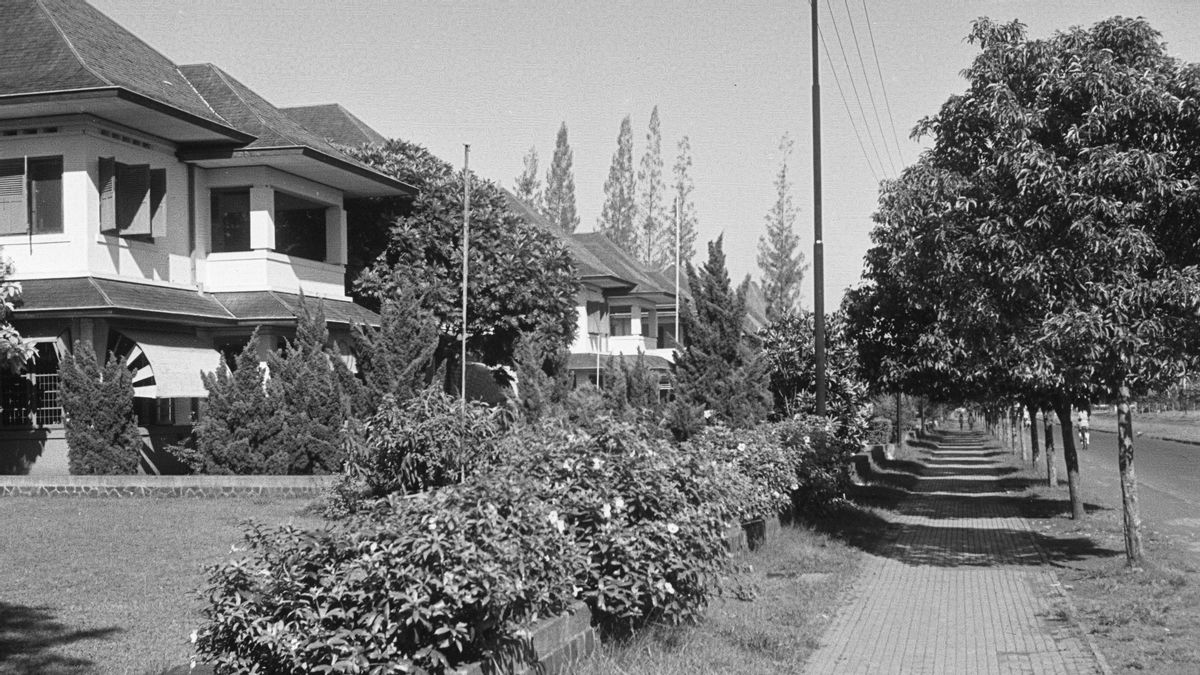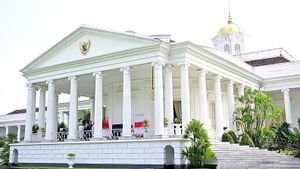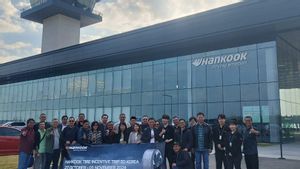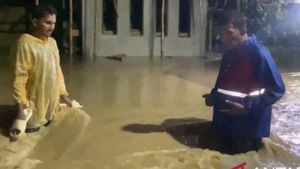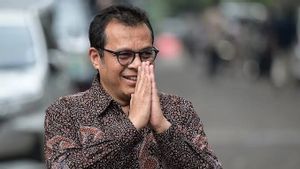JAKARTA - Menteng has always been known as a modern residential area. Menteng is even the first in Indonesia. Carrying exclusivity, only rich and very rich Europeans (Dutch) can live in Menteng. However, before the Company looked at it as a location for modern residential development, Menteng was only a private land.
As a private land, the Menteng area is described as changing hands many times. In 1815, it was stated that the area was owned by a treasurer for a credit bank in Batavia, Jacob Paulus Barends.
As stated in the Javasche Courant report Number 41 of 1892, Barends was declared bankrupt and bankrupt. He is also considered unable to manage his own property. As a result, Menteng's private land changed hands many times, until finally Menteng came under the ownership of a new owner named Said Ahmad bin Sahab in 1881.
This ownership lasted until later private land was purchased by the Company in the early 20th century. The purchase was made because the government wanted to build exclusive housing for the upper middle class Europeans.
Even so, the interesting thing about Menteng is none other than the name. According to Rachmat Ruchiat in the book The Origin of Place Names in Jakarta (2018), the name Menteng has many versions. Some of them come from the name Kali Kecil, namely Kali Menteng. This is because the name Menteng or Kali Menteng has been mentioned since the 18th century.
There is also another source which states that the name Menteng was taken from a plant that used to be abundant in the area: the menteng tree. “Menteng (baccaurea recemosa) is a plant native to Southeast Asia which is 15-25 meters high. This tree belongs to the Euphorbiaceae family with its oval leaves. "
Rachmat also explained that the menteng tree has a long fibrous trunk. These stems are commonly used as material for making paper and are widely grown in the area. In the end, the local people called the area "Menteng".

The existence of the Menteng area as an exclusive residence for wealthy people is undeniable. The Dutch colonial government was serious about building the Menteng area as the first modern housing in the Dutch East Indies (Indonesia). The Company named the housing project "Niuew-Gondangdia", which was gradually becoming known as Menteng.
At that time, the Batavia Municipal Council built the modern housing because the city center - Weltevreden - was already so crowded. Moreover, the immigrants from Europe kept arriving. As quoted by Sorta Tobing in his writing in Tempo Magazine entitled Seabad Niuew-Gondangdia (2012), the company then chose the Menteng area as a strategic location for their new project.
“The need for new settlements for Europeans is enormous. The choice fell to the southern part of Menteng, Koningsplein (Medan Merdeka), which was still on the edge of the city but bordering the cultivated area, namely Cikini. The area is more than 500 hectares, "said Sorta Tobing.
Therefore, the City Council government immediately appointed a famous architect Pieter Adriaan Jacoobus Moojen as the main designer of the Menteng master plan. Through his talent as an architect and artist, he treats Menteng like a work of art.
In his hand, buildings that were allowed to stand in Menteng had to adapt to the tropical climate, not be oriented to the European style that was widely used at that time. As a result, Moojen emerged as a pioneer of modern tropical buildings, aka indische bouwstijl. This can be seen from the proportion of houses present in Menteng that do not seem to dominate, so that the yard becomes wider.
“The ceilings are high and the windows are big. Sometimes it can cover up to 50 percent of the supporting wall of the window. The house is cool, even though the rooms are not as large as the rooms of European houses in general. The roof is also made wide and tall to create a shady shadow underneath it and allow maximum air circulation to move, ”added Sorta Tobing.
To the extent, the attractive design style can be seen in the variety of buildings to this day. Call it the Boplo Building, which we reviewed in the article "The Boplo Building, a Dutch-Owned Building which is Now Transformed into a Cut Meutia Mosque".
Another, namely the Kunskring Building which we have also discussed with the inscription "Memories of the Kunstkring Building as the Palace of Art in the Dutch East Indies Period". The building also had a function as an exhibition venue for architecture and fine arts at that time.

However, Moojen's Plan was said to be impractical. So in 1918, the Company commissioned other architects, such as FJ Kubatz and FJL Ghijsels in building Menteng. They mostly build houses there. Even so, the indische style is still the grip.
Nevertheless, these architects contributed ideas to construct the logegebouw building, or what is now known as the Bappenas building. In fact, they also replaced the round field in Moojen's plan with the Burgemeester Bisschopplein park, which is now known as Taman Suropati. Which, we have reviewed in the article "Knowing Taman Suropati, Jakarta Lungs Since the Company Age".
Menteng then developed rapidly, especially when the recession of the 1930s was resolved. “After the economically difficult times began to be overcome, Paul's Church (1936) was built. The construction of the Teresia Church was postponed until 1934, and the Terisia Elementary School opened in 1927, ”wrote Adolf Heuken and Grace Pamungkas in the book Menteng: The First Park City in Indonesia (2001).
Due to the architectural beauty and splendor of the Menteng area, the famous Dutch architect, HP Berlage, who visited Batavia in 1923, wrote a positive impression on Menteng. He said that the Menteng area as a whole was interestingly integrated.
“The style of a modern villa building adapted to the tropical climate gives a good impression. I felt like it was in Baarn or Hilversum, "concluded Berlage.
The English, Chinese, Japanese, Arabic, and French versions are automatically generated by the AI. So there may still be inaccuracies in translating, please always see Indonesian as our main language. (system supported by DigitalSiber.id)
